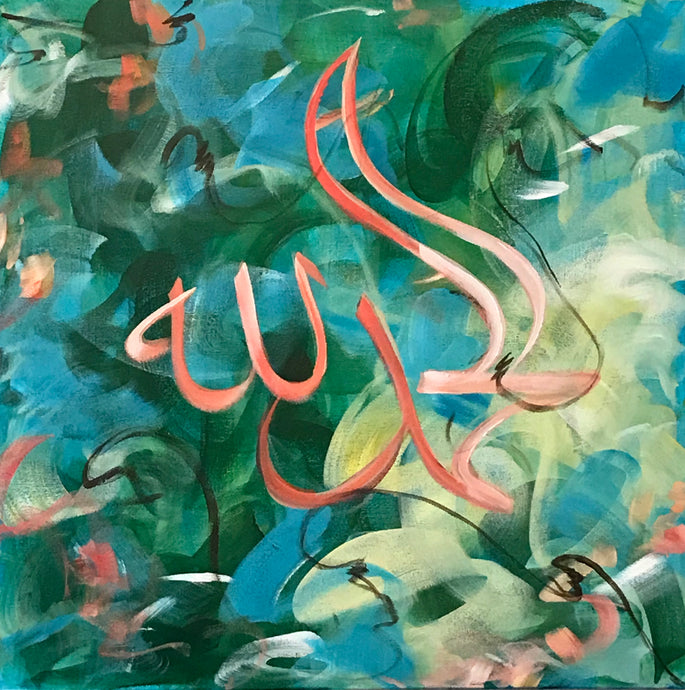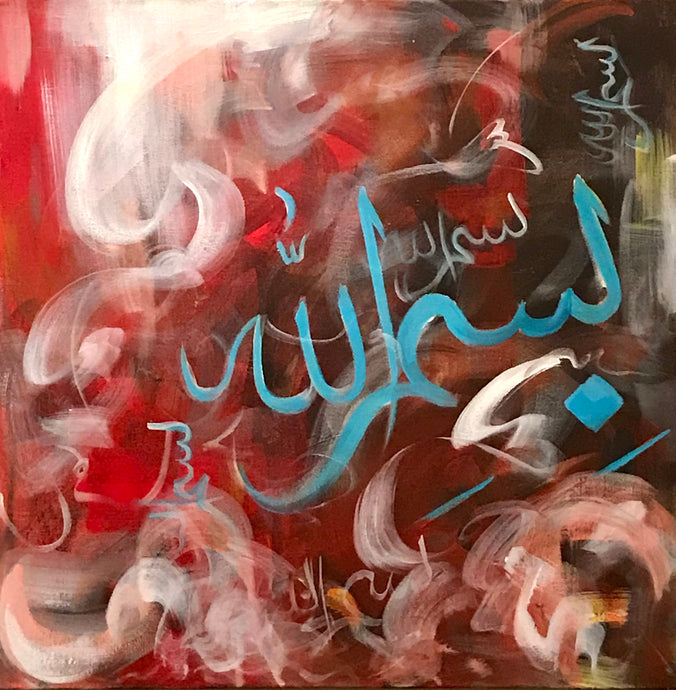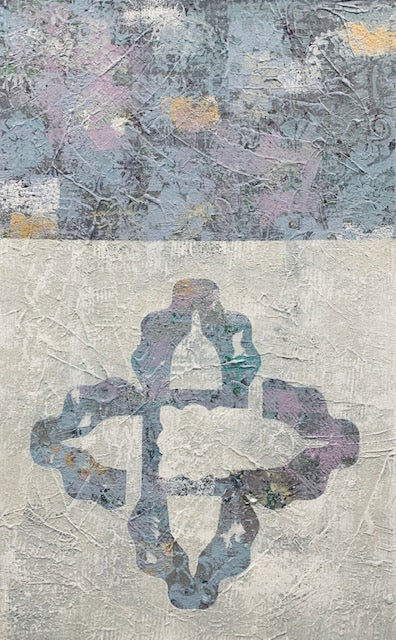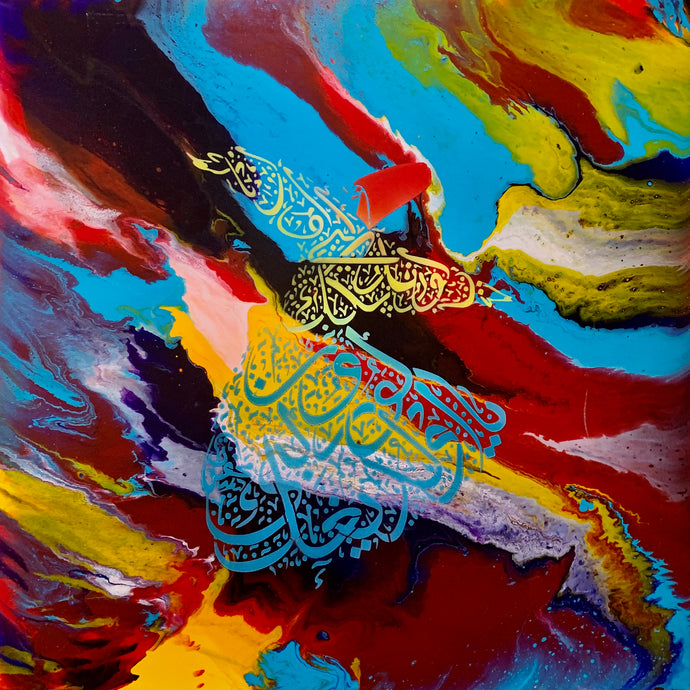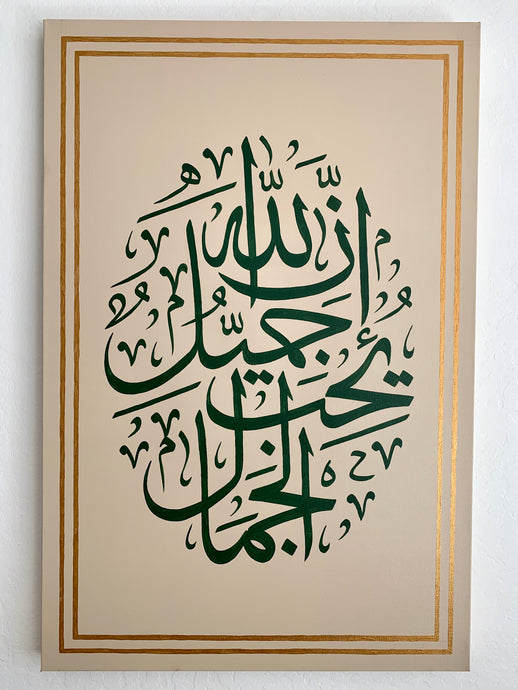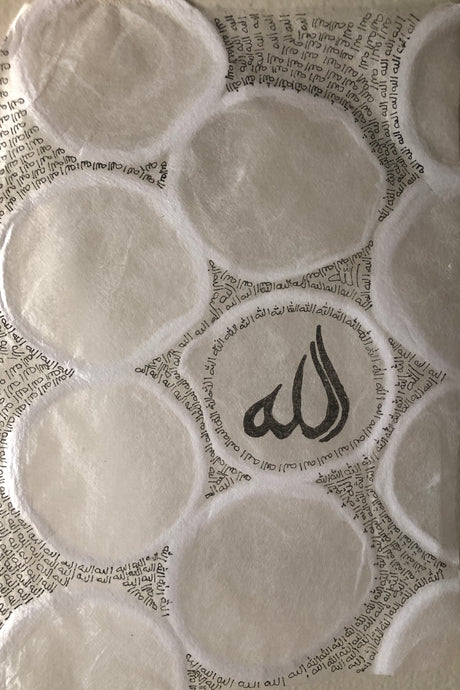Current Exhibit
Work and Worship: Blended in Muslim Women artists from the Bay Area
March 3, 2020 – ? This exhibit will be in the gallery until the stay at home order is lifted. If you would like to purchase items in the show, we can arrange to deliver, ship, or for curbside pick up. We are not charging for delivery or shipping at this time. Just choose the pick up in store option at check-out and we will contact you about delivery.
Curators Statement:
My purpose in curating this show is to promote the understanding of Muslim culture and society, which are still largely misunderstood or incompletely represented in the media. In this exhibition, calligraphic art serves as a point of departure to bring the subtleties and contradictions of today’s social, political, economic, and environmental climate. An in-depth understanding of the historical “other” through the medium of art can help to reduce the sense of terror that has been stirred up in today’s society. Perhaps now more than ever, in our increasingly dissonant world, art dialogue is a crucial platform for intercultural exchange in order to overcome polarization and promote a sense of shared humanity. The visual arts can serve as a conduit to stimulate a community’s response and engage in positive discussion. Several works in the exhibition have a range of different calligraphy styles, from traditional to contemporary, but the artists all use modern techniques of layering acrylics and mixed media. Since its origin in the seventh century, the development of Arabic calligraphy has been strongly tied to the Quran; a deep association with the sacred book, as well as prohibition of figurative art in religious places, has led calligraphy to become one of the major forms of artistic expression in Islamic cultures. Through this exhibition, multimedia event and calligraphy demonstration by Muslim women artists, I hope that viewers will develop a deeper appreciation and connection to our Sacred Arabic words.
-Salma Arastu

